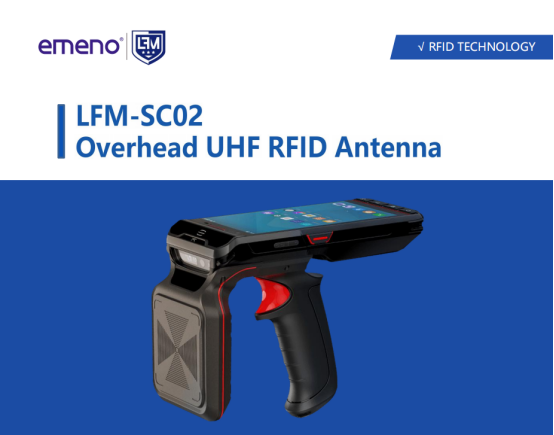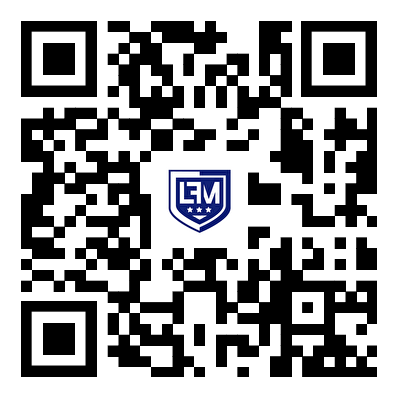- English
- Español
- Português
- русский
- Français
- 日本語
- Deutsch
- tiếng Việt
- Italiano
- Nederlands
- ภาษาไทย
- Polski
- 한국어
- Svenska
- magyar
- Malay
- বাংলা ভাষার
- Dansk
- Suomi
- हिन्दी
- Pilipino
- Türkçe
- Gaeilge
- العربية
- Indonesia
- Norsk
- تمل
- český
- ελληνικά
- український
- Javanese
- فارسی
- தமிழ்
- తెలుగు
- नेपाली
- Burmese
- български
- ລາວ
- Latine
- Қазақша
- Euskal
- Azərbaycan
- Slovenský jazyk
- Македонски
- Lietuvos
- Eesti Keel
- Română
- Slovenski
- मराठी
- Srpski језик
Basic principles of RFID systems
2024-11-14
1. Basic principles
From the perspective of communication and energy sensing methods between electronic tags and readers, systems can generally be divided into two categories, namely inductive coupling (Inductive Coupling) systems and electromagnetic backscatter coupling (Backscatter Coupling) systems. Inductive coupling realizes coupling through high-frequency alternating magnetic field in space, based on the law of electromagnetic induction; electromagnetic backscattering coupling, that is, the principle model of radar, the emitted electromagnetic wave reflects after hitting the target, and at the same time carries back the target information, based on the electromagnetic wave spatial propagation rules.
2. Inductive coupling RFID system
The inductive coupling method of RFID corresponds to the ISO/IEC 14443 protocol. Inductively coupled electronic tags consist of an electronic data carrier, usually consisting of a single microchip and a large-area coil used as an antenna.
Almost all inductively coupled electronic tags work passively. All the energy required for the operation of the microchip in the tag is provided by the induced electromagnetic energy sent by the reader. The high-frequency strong electromagnetic field is generated by the reader's antenna coil and passes through the coil cross-section and the surrounding space of the coil to cause electromagnetic induction in nearby electronic tags.
3. Electromagnetic backscatter RFID system
(1) Backscatter modulation
Radar technology provides the theoretical and application basis for the backscatter coupling method of RFID. When an electromagnetic wave encounters a space target, part of its energy is absorbed by the target, and the other part is scattered to various directions with different intensities. Among the scattered energy, a small part is reflected back to the transmitting antenna and is received by the antenna (so the transmitting antenna is also a receiving antenna). The received signal is amplified and processed to obtain relevant information about the target.
When electromagnetic waves are emitted from an antenna into the surrounding space, they encounter different targets. Part of the electromagnetic wave energy reaching the target (free space attenuation) is absorbed by the target, and the other part is scattered in various directions with different intensities. A portion of the reflected energy eventually returns to the transmitting antenna and is called an echo. In radar technology, this reflected wave can be used to measure the distance and orientation of a target.
For RFID systems, electromagnetic backscattering coupling can be used to complete data transmission from electronic tags to readers by using electromagnetic wave reflection. This working method is mainly used in systems with 915MHz, 2.45GNz or higher frequencies.
(2) RFID backscattering coupling method
The frequency at which an electromagnetic wave is reflected from a target is determined by the reflection cross-section. The size of the reflection cross-section is related to a series of parameters, such as the size, shape and material of the target, the wavelength and polarization direction of the electromagnetic wave, etc. Since the reflection performance of the target usually increases as the frequency increases, the RFID backscatter coupling method uses UHF and UHF, and the distance between the transponder and the reader is greater than 1 m. Readers, transponders (electronic tags) and antennas constitute a transceiver communication system.




